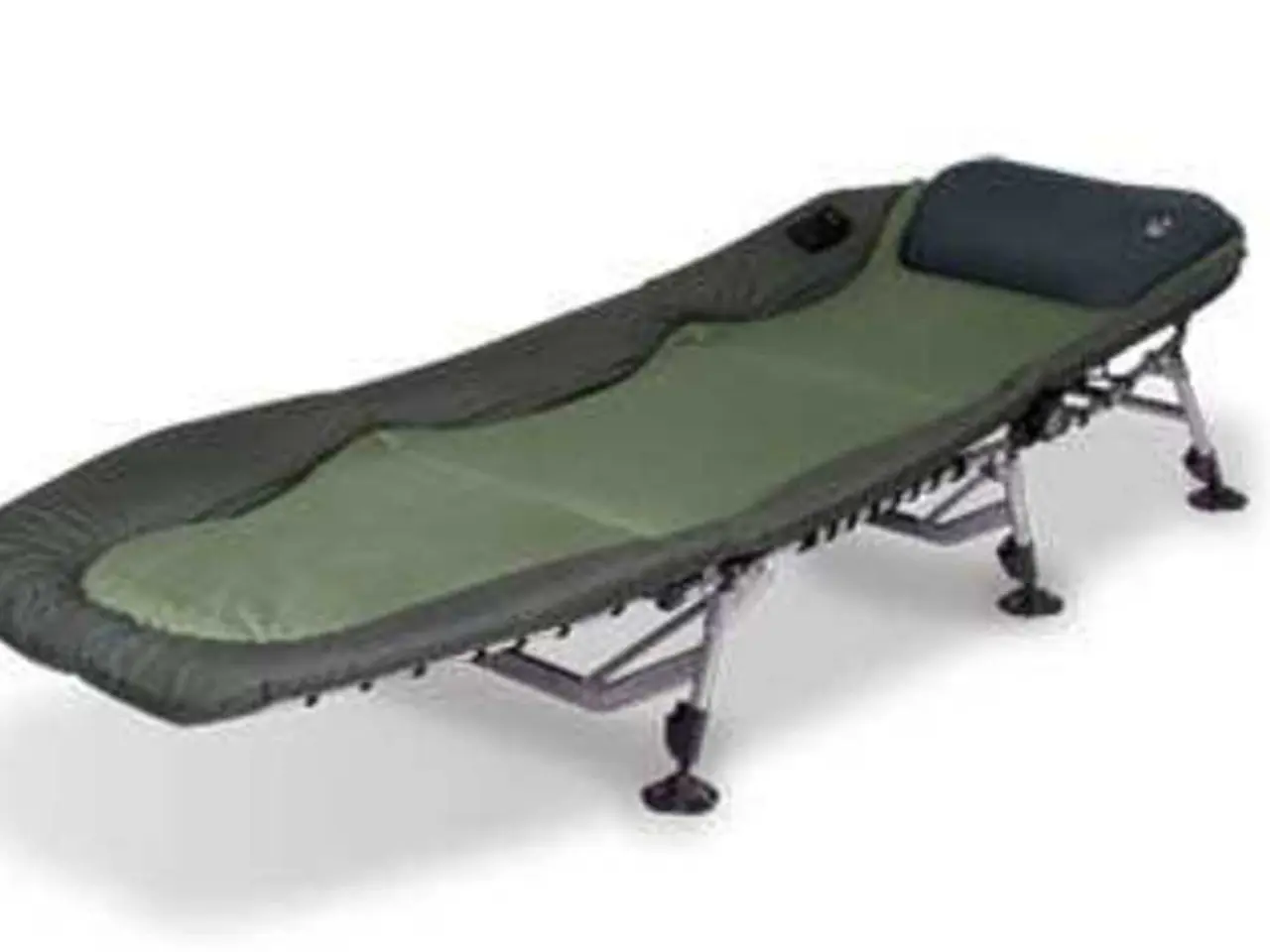Top 5 Knee Support Braces for Enhanced Comfort and Stability
Knee injuries are common, ranging from overuse to accidents, and can be debilitating. Some of the most common types of knee injuries include ligament tears, fractures, sprains, and dislocations. When dealing with knee pain or injury, knee braces can provide valuable support and aid in recovery.
Types of Knee Braces
Knee braces come in various types, each with its unique functions and uses. Here's a breakdown of the main types:
- Knee Sleeve: A soft, elastic or neoprene slip-on brace providing light compression and warmth. It is useful for reducing mild pain and swelling, improving circulation, and offering minor support. Ideal for early arthritis and mild symptoms or everyday activities.
- Hinged Knee Brace: A brace with rigid side hinges to provide strong lateral stability and controlled knee motion. It is used after ligament injuries or surgery (like ACL, MCL) and offers moderate to high support and stability, protecting healing tissues and limiting certain movements.
- Knee Immobilizer: A rigid brace designed to fully restrict knee movement. It is used immediately post-injury or surgery to protect and immobilize the knee during healing.
- Functional Knee Brace: A sophisticated brace with rigid side hinges, adjustable motion controls, and multiple straps. It is specifically designed to support ACL-deficient knees by controlling tibial movement and rotation, facilitating a safe return to sports.
- Prophylactic Knee Brace: A brace with lateral hinges and padding to prevent knee injuries during high-risk activities. Its effectiveness for ACL protection is mixed.
- Rehabilitative Knee Brace: An adjustable brace that limits range of motion and provides maximum protection post-surgery or injury. It helps control motion and protect healing tissues in early recovery phases, typically worn 6-9 weeks post-op.
- Patellofemoral Brace: A brace targeting kneecap alignment with patellar buttresses or straps. It is often used after ACL injury or for patellofemoral pain syndromes.
- Unloader Knee Brace: A brace designed to shift pressure away from the damaged or arthritic compartment of the knee. It is used mainly for arthritis to reduce joint stress and pain by offloading specific areas.
- Wraparound Brace: A brace that encircles the knee with adjustable straps, offering moderate support. It is good for general knee instability and easier to put on than rigid braces, offering moderate support without heavy restriction.
- Patellofemoral Unloader Brace: A brace designed to unload pressure from the patellofemoral joint, often used for patellofemoral pain syndromes.
Choosing the Right Knee Brace
When selecting a knee brace, consider factors such as material, cost, type, support, size, left or right knee, warranties, and shipping. It's essential to consult a doctor, physical therapist, or another healthcare professional about the best brace for your particular injury or condition before purchasing.
Popular Knee Braces
Several brands offer knee braces with unique features and prices. Some popular options include:
- McDavid ELITE Bio-Logix Knee Brace: A functional brace that may help with pain relief and provide stability and support for most knee injuries.
- Shock Doctor Ultra Knee Brace with Bilateral Hinges: A hinged knee brace featuring shock absorption, adjustable straps, and made of materials including tempered aluminum, Hypalon sleeves, and Spandex. It comes in sizes S-XXXL and is priced around $75.
- DonJoy Advantage Deluxe Elastic Knee Brace: A compression sleeve that may suit those with mild sprains, strains, arthritis, swelling, and patellofemoral syndrome.
- Superior Braces OA Unloader Knee Brace: Offers support for arthritis pain and has a universal fit and single strap adjustment.
- McDavid Wrap Knee Brace: A wraparound brace that offers moderate support for general knee instability and is easier to put on than rigid braces.
Remember, knee braces can help provide support during injury recovery or help prevent an injury from worsening. However, it's crucial not to self-diagnose knee pain or discomfort and to consult a doctor when experiencing new or different pain.
[1] Knee Braces and Supports (2021). [Online]. Available: https://www.mayoclinic.org/healthy-lifestyle/sports-medicine/in-depth/knee-braces/art-20048478
[2] Knee Braces (2021). [Online]. Available: https://www.ncbi.nlm.nih.gov/books/NBK470330/
[3] Knee Braces: What Are They and When Should You Use Them? (2019). [Online]. Available: https://www.healthline.com/health/knee-brace#types
[4] Knee Braces: Types, Benefits, and Risks (2020). [Online]. Available: https://www.arthritis.org/health-wellness/pain-management/pain-relief-strategies/bracing-and-splinting/knee-braces-types-benefits-and-risks
- In the realm of health-and-wellness and fitness-and-exercise, knee braces are categorized as an essential tool for pain management, particularly for individuals dealing with knee pain due to overuse or injuries.
- Science has recognized the diverse functions and uses of knee braces, with different types available to cater to distinct injuries or conditions, such as hinged braces for post-ligament injury support and unloader braces for arthritis pain.
- The choice of the right knee brace depends on the user's unique requirements, which include considerations like material, cost, type, support, size, left or right knee, warranties, and shipping, among other factors.
- When it comes to sports-analysis, appropriate use of knee braces can aid in recovery and safety, with functional braces offering support and stability to ACL-deficient knees during sports activities.




